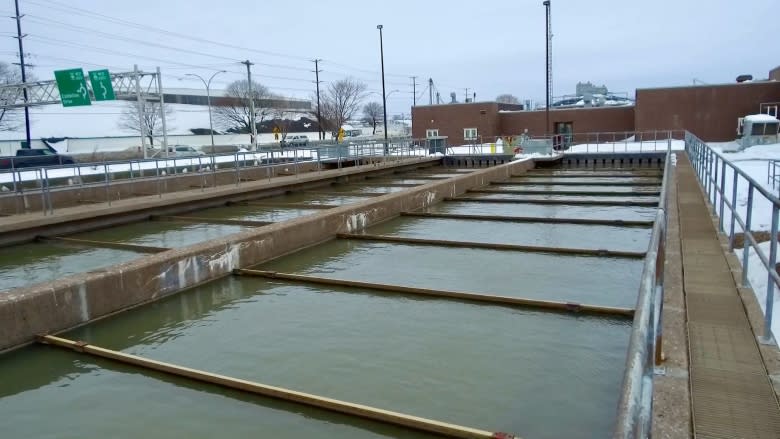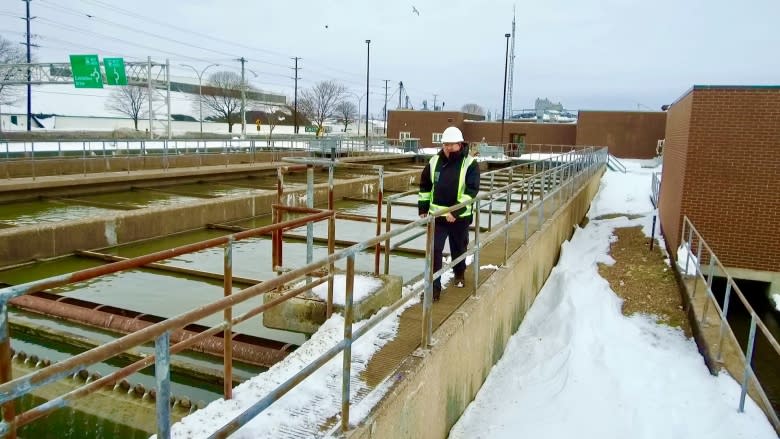Charlottetown sewage plant to get a green overhaul
The City of Charlottetown has plans to turn its sewage treatment plant into a showcase for green technology.
City officials announced Tuesday they are working with Carleton University in Ottawa to harness solar, wind and tidal energy on the waterfront site.
The project will also investigate other green technologies, including the use of biogas to generate electricity, and the use of heat pumps to recovery heat from effluent water.
Greenhouses might be built on the site to put some of that green energy to work.
Charlottetown, Vancouver, Toronto
"We have an opportunity in the City of Charlottetown to take a big-picture approach to improvements at the Pollution Control Plant," said Mayor Clifford Lee in a written statement. "What was once thought of as a waste facility is going to be a sustainable, resource recovery facility."
Charlottetown is one of three cities participating in the project. Vancouver and Toronto were also selected by the Carleton Centre of Community Innovation. City officials believe the project may reduce the hefty cost of running the sewage plant.
"The pollution control plant is the city's largest energy using facility," said councillor Edward Rice, chair of the city's water and sewer utility committee, in a written statement.
The annual energy cost of $500,000 equates to more than 1,000 tonnes of annual greenhouse gas emissions, according to city officials.
The project comes as the city is preparing to expand its sewage plant, to handle additional waste from the town of Stratford and from the neighbourhood East Royalty, where an existing sewage lagoon is to be decommissioned.
City officials say the green initiatives are timely, as provincial governments across Canada prepare to roll out carbon-tax programs.
"We believe our project can help position Prince Edward Island as Canada's green province," said deputy mayor Mike Duffy, in a written statement.
Environmental assessments needed
Initial concepts contained in the project are ambitious, but cost and feasibility have yet to be determined.
Solar panels would be installed on roof tops and on open land around the site.
Wind turbines might be located on land or off shore. Two megawatts of capacity could provide all or most of the sewage plant's power requirements, according to city officials.
City reaching out to UPEI, Holland College
Use of tidal turbines in Hillsborough River would require "significant testing" and an environmental assessment, according to the city.
Energy from biogas and heat pumps could be used to dry the large amounts of "biosolids" that are separated from effluent water at the sewage plant. Those biosolids are currently trucked away and used for agricultural purposes. Additional drying might allow that material to be used in the proposed greenhouses, or in city gardens.
The city says it is reaching out to Holland College and to the UPEI School of Sustainable Design Engineering to form partnerships on the project.
With assistance from Carleton University, the city says a feasibility report could be available before the end of 2017.
- MORE P.E.I. NEWS | Winter storm expected to be fast but 'miserable'
- MORE P.E.I. NEWS | Empty P.E.I. nursing home beds puzzle patient's family




